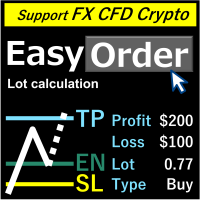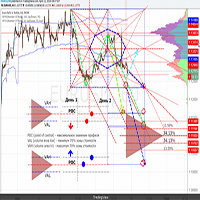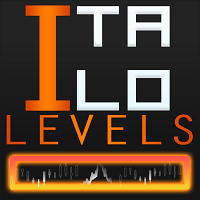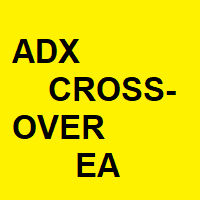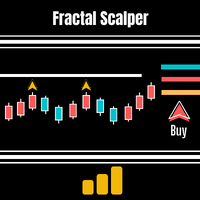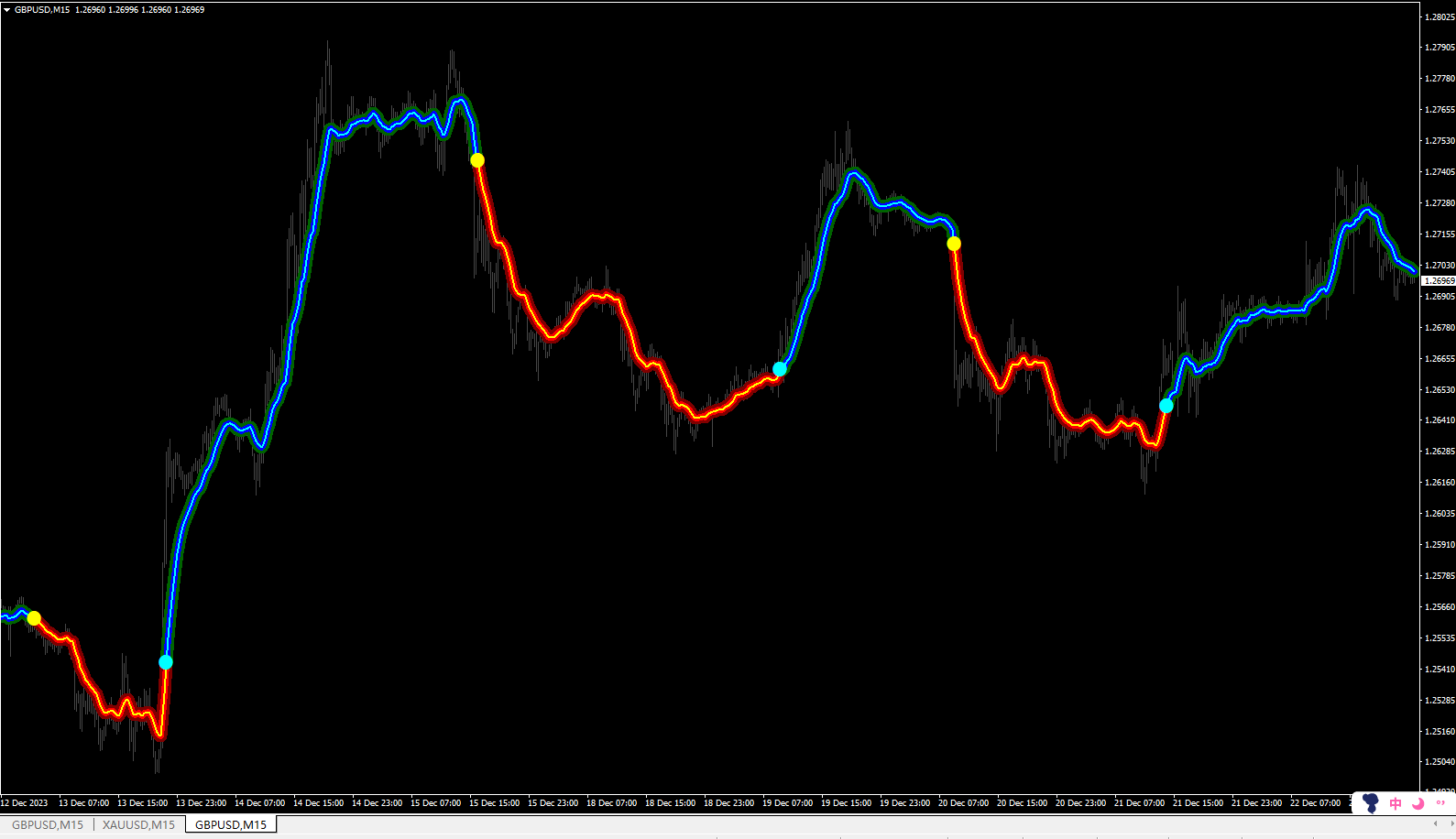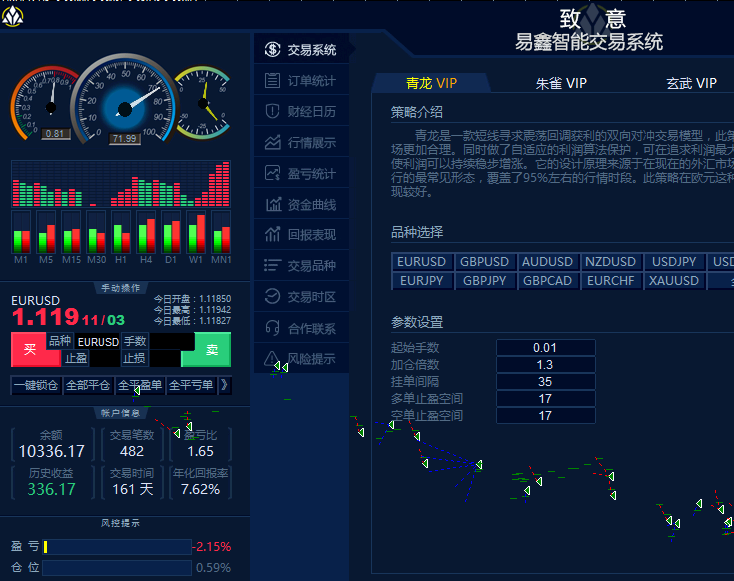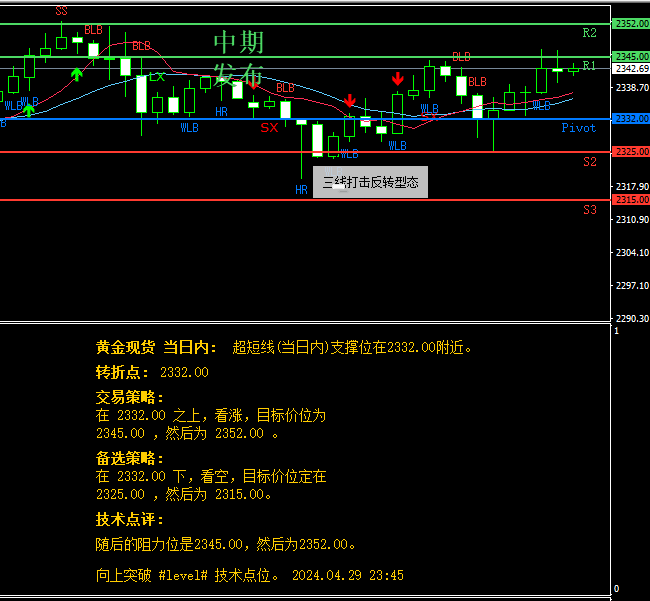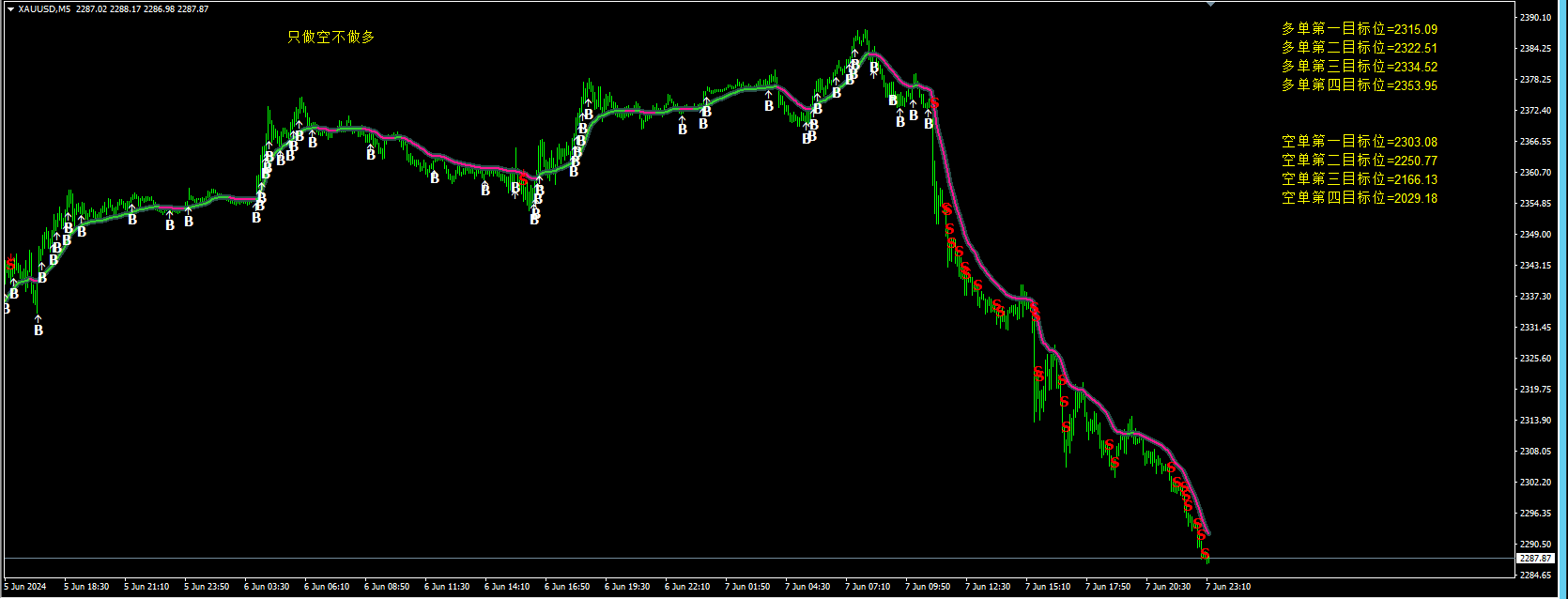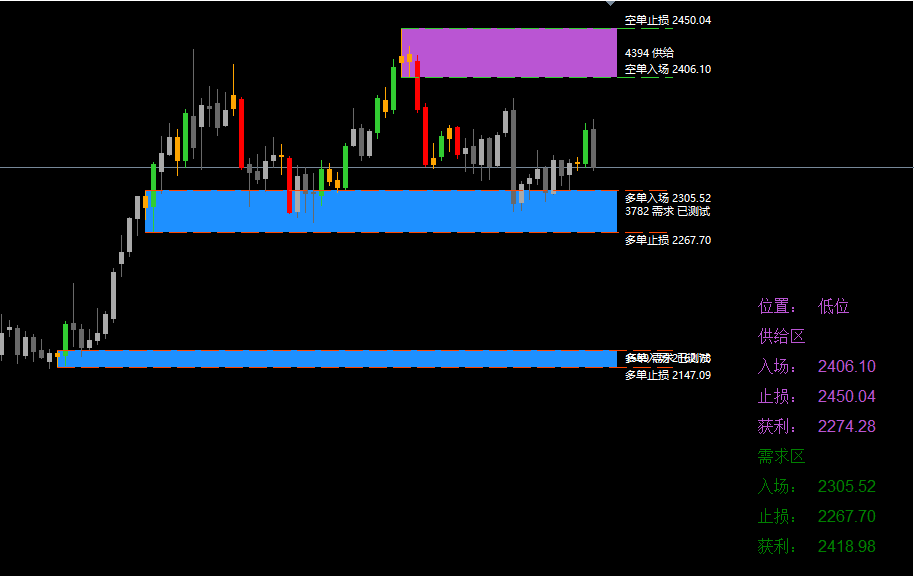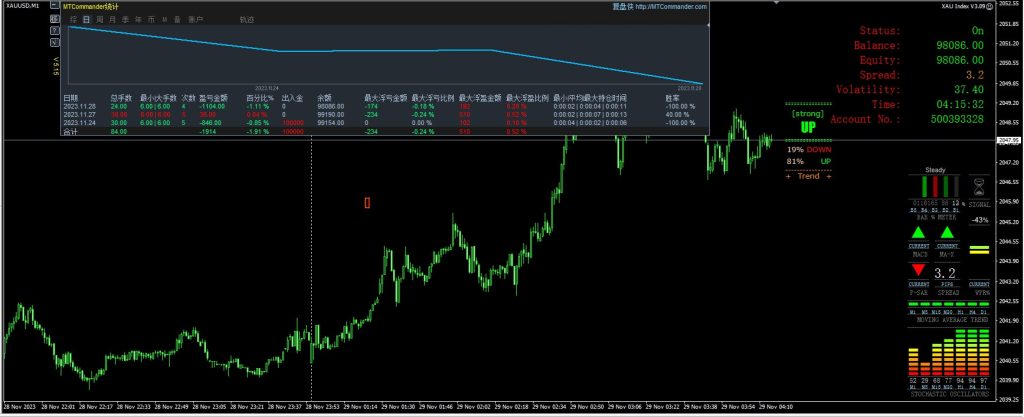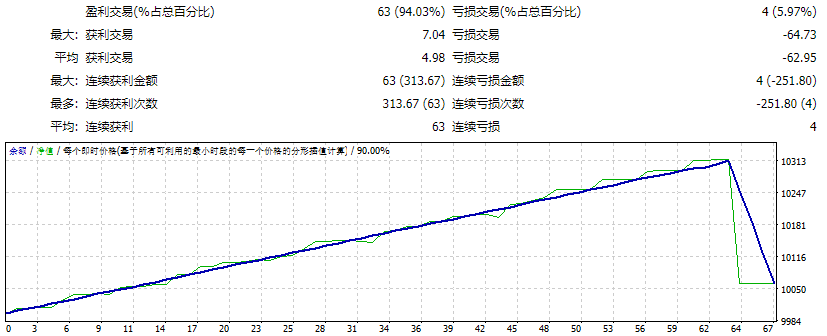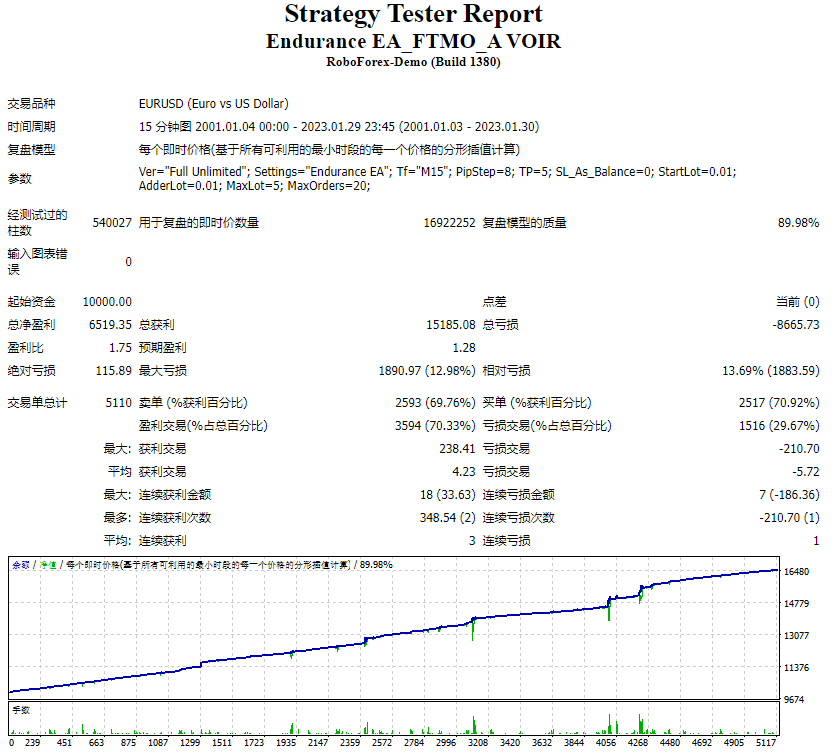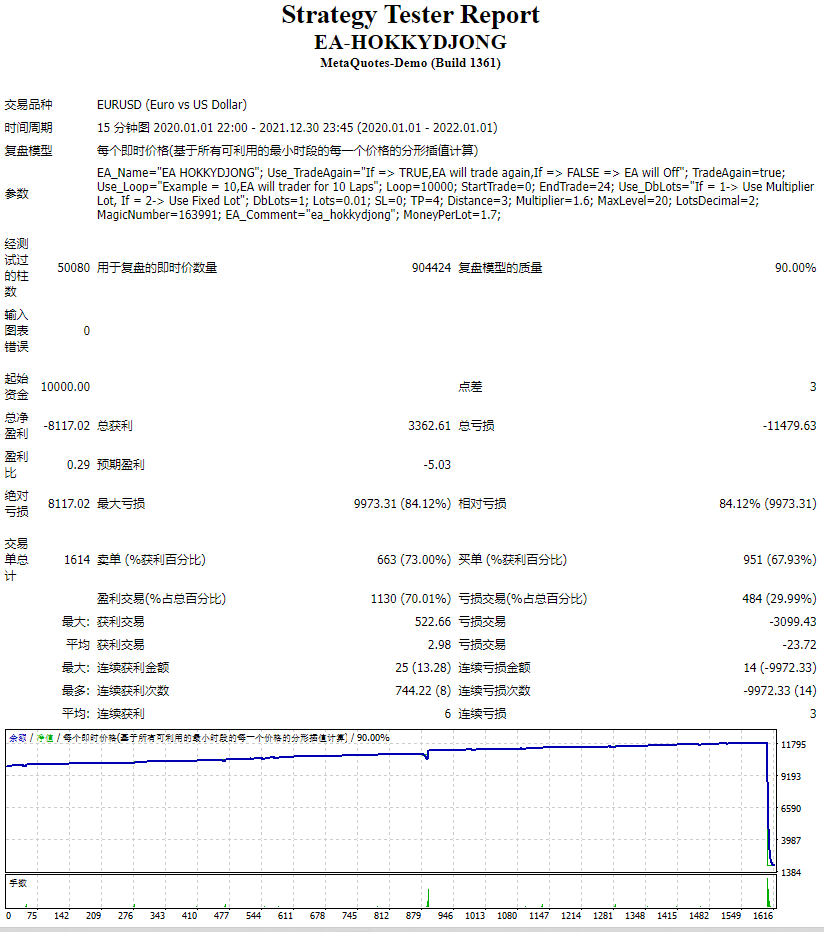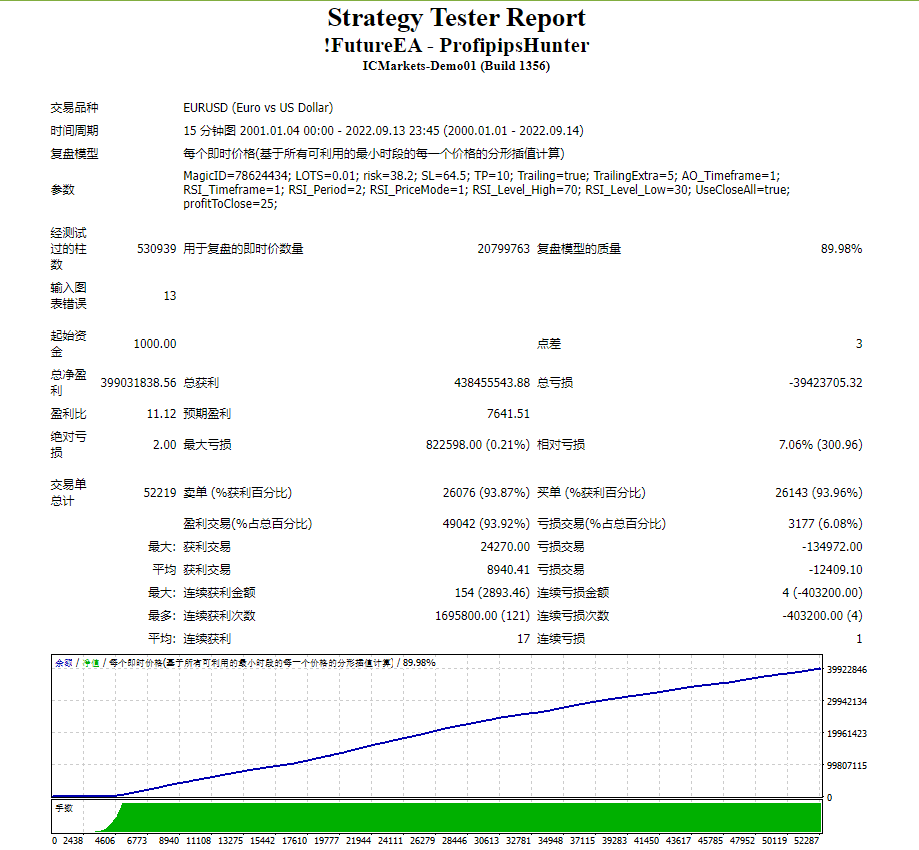“Grid Trading” is a trading strategy in the financial markets that focuses on systematic risk control and position management by using a grid of buy and sell orders. Generally, Grid Trading involves setting two target price levels: the buy limit price and the sell limit price, with the buy target price being lower than the current market price and the sell target price being higher than the current market price.
The Grid Trading strategy typically consists of the following main steps:
-
Set Target Price Levels: In the initial step, you would define the target price levels for both buying and selling. These levels are the prices at which you anticipate the asset’s price will move to in the future.
-
Create Orders: You will create buy limit orders at the buy target price and sell limit orders at the sell target price. These orders are placed in advance and may be executed when the market reaches these levels, regardless of whether the price moves to them.
-
Wait for Price Movement: As the market moves, and the asset’s price crosses your specified target price levels, these orders are triggered and positions for buying or selling are created at the new price levels.
-
Position Management: Once positions are created, you can set take-profit and stop-loss levels for each position. There might be cases where you want to close some positions to realize profits or reduce risk.
-
Repeat the Process: The above steps are repeated over time as the asset’s price moves within your predetermined price range.
The advantage of Grid Trading is the consistency it offers in managing positions and risk. However, a drawback is that if the market continuously moves in one direction, it may lead to a significant number of buy or sell positions and result in increased trading fees. Additionally, selecting the right target price levels and proper position management are crucial for success in Grid Trading.
![图片[1]-GT0TSBtrader 外汇EA-EA侦探社 - 全球领先的MQL5官网外汇EA机器人MT4自动化交易EA资源免费分享网站](https://www.mql5.vip/wp-content/uploads/2024/05/20240514111136-664346e87fe42.jpg)
![图片[2]-GT0TSBtrader 外汇EA-EA侦探社 - 全球领先的MQL5官网外汇EA机器人MT4自动化交易EA资源免费分享网站](https://www.mql5.vip/wp-content/uploads/2024/05/20240514111136-664346e89859a.jpg)










